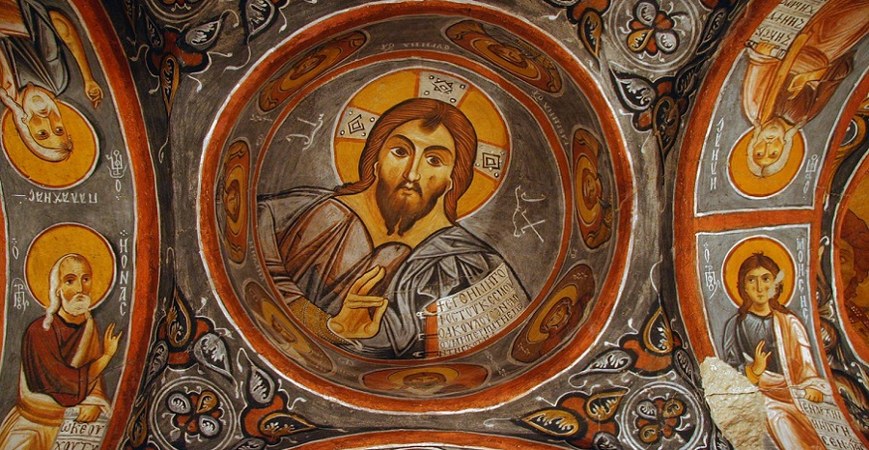Religious Developments In Cappadocia Region in Turkey,
In the year 381, Caesarea was disconnected from the Patriarchate of Antioch and entered the authority of the Patriarchate of Constantinople. In this way, the city was under the direct influence of the Greek capital. Officially it remained faithful to Orthodoxy and was not affected by the Nestorian, Monophysite, and Paulist doctrines. In some of the isolated monasteries, old ways of religious thinking and ideas did not perish. The Iconoclastic claim busied their minds for more than a century (726-843). During the first quarter of the 8th century, worshipping of the images went as far as idolatry. At the same time, the Christians were under the influence of Jews and Moslems who opposed worshipping figures and images. According to the sacred rules and laws, Christ could not be represented in such a strange and disrespectful way. In the 7th century, the Byzantine community was separated into two groups as monks and laymen. The struggle against the icons continued with the persecution of the monks, closing of the monasteries, and the revoking of religious privileges. The Iconoclastic period was broken bet-ween 787 and 815, during the reign of Empress Irene. But Constantin the 5th accelerated the Iconoclastic movement by calling the Iconoclastic Council to unite. Everything other than the cross was prohibited. It was declared that those who made and possessed figures would be punished severely. In 843 Empress Theodora brought an and to the Iconoclastic period. Destroyed churches were repaired and new churches were built. The walls were painted with mosaics, decorations, and frescoes. The monastic life made a fresh start. After enough security was established on the eastern border (under an effective religious administration) Cappadocia was under the complete authority of the Empire. Even after the Turk-ish occupation, the influence of the Patriarch of Constantinople continued over the Cappadocian churches. The bishops remained in their districts, but after the 14th century, they were reduced in number and population.





































































































































